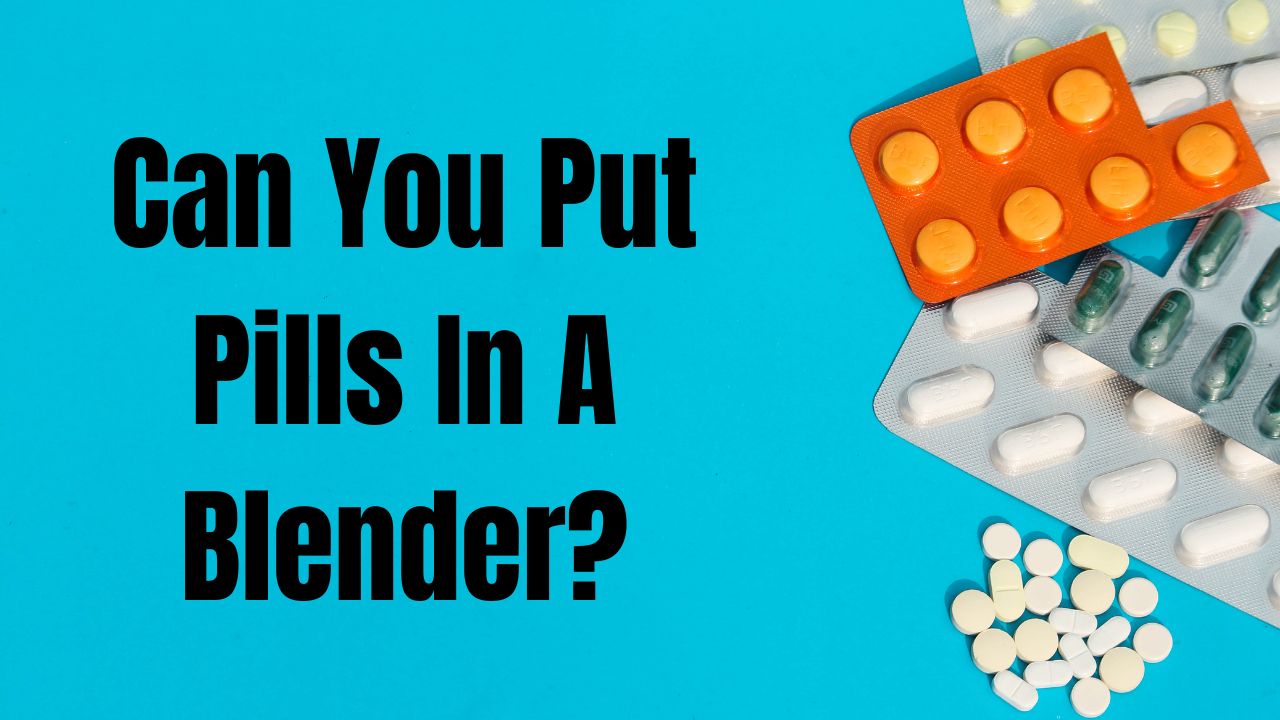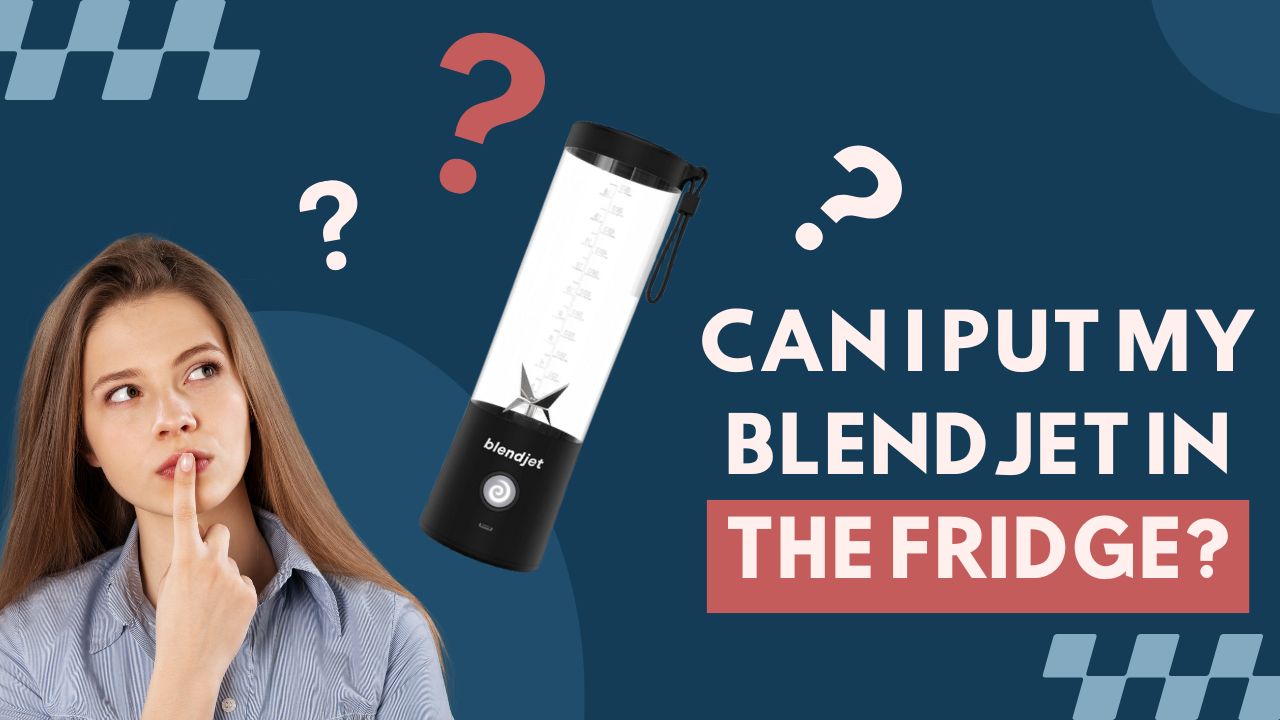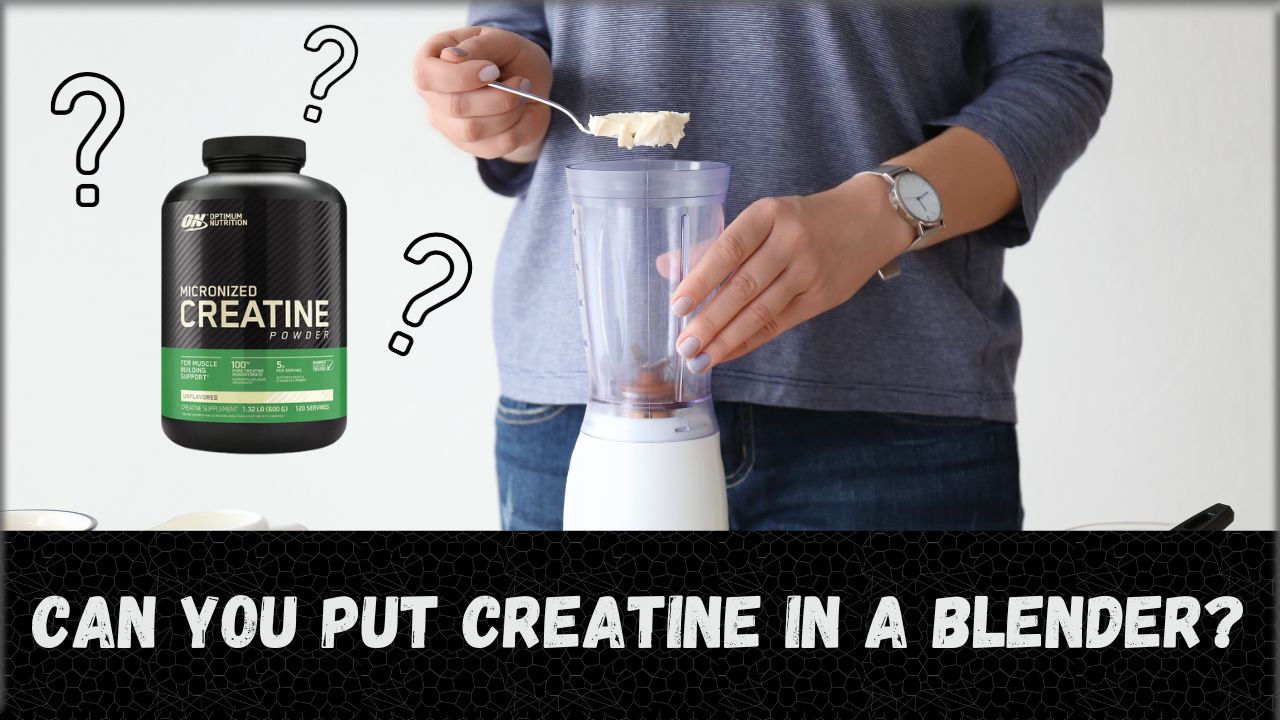· Robert Myers · tutorials · 6 min read
Accidentally Blended Plastic Into Your Smoothie? [Crisis Averted]
Critical lesson on food safety through a personal experience with plastic contamination in smoothies, exploring health risks and preventive measures.
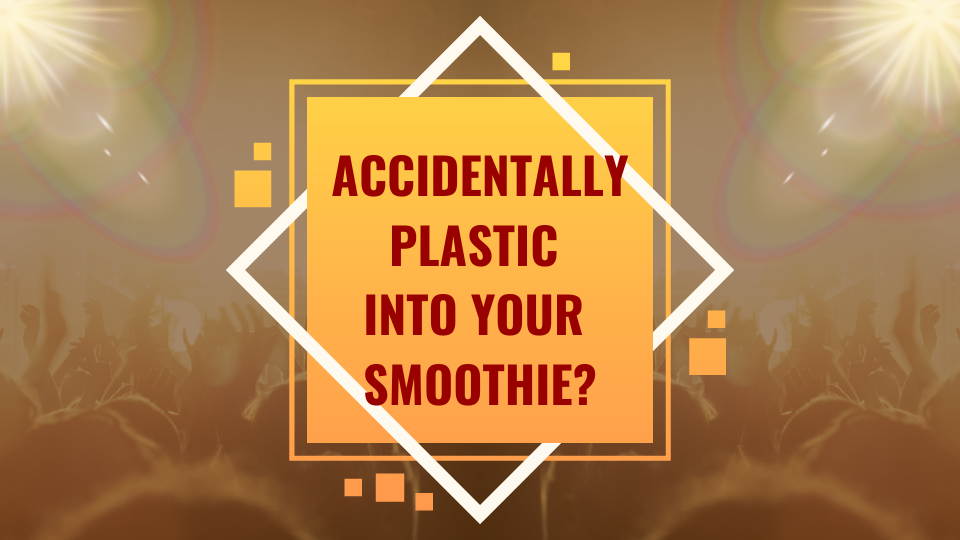
Table of Contents
- Understanding the Problem
- Health Risks of Swallowing Plastic
- What to Do After Eating Plastic
- How to Prevent Plastic in Food and Drinks
- Conclusion
It was a beautiful summer morning, the sun streaming into my kitchen as I was preparing my daily dose of nutrients—a colorful and flavorful smoothie. Little did I know that this seemingly ordinary routine was about to teach me a critical lesson about food safety. As I lifted the glass, ready to savor my homemade health booster, I noticed something. A speck, an anomaly, floating in the vibrant mix—a tiny shard of plastic that had inadvertently found its way into my drink. If you’ve ever stumbled upon a similar, unsettling scenario, where you’ve “accidentally blended plastic into your smoothie,” this article is for you.
The increasing prevalence of plastics in our day-to-day lives, from the packaging of our food to the appliances we cook with, has brought with it a new set of challenges. Plastic contamination, both macroscopic and microscopic, has become a concerning reality that we can no longer afford to ignore. This piece will address these concerns and guide you on what to do if you accidentally consume plastic, as well as preventive measures to ensure it doesn’t happen again.
Understanding the Problem
When it comes to accidentally ingesting plastic, most people would assume it to be an uncommon, unlikely event. I used to think the same until my unexpected encounter with that stray piece of plastic in my smoothie. The incident led me to explore how plastic might infiltrate our food and drinks, and the revelations were far from comforting.
In reality, there are numerous ways plastic can end up in our meals or beverages. Everyday items we take for granted can become culprits: the plastic cap of a bottle, a small piece of packaging, the sticker on fruits, or the worn-out parts of our kitchen appliances like blenders. It can be as innocuous as a small piece of cling film forgotten on a chunk of cheese or as alarming as a plastic fragment from a deteriorating kitchen utensil.
To illustrate the magnitude of the issue, a study published in the journal ‘Environmental Science & Technology’ in 2022 estimated that an average person could be ingesting approximately 5 grams of plastic every week, the weight of a credit card. Another report by the World Wide Fund for Nature (WWF) suggests that people could be consuming up to 2000 tiny pieces of plastic each week, equivalent to a teaspoon. When confronted with such alarming statistics, the significance and urgency of addressing this problem become apparent.
Health Risks of Swallowing Plastic
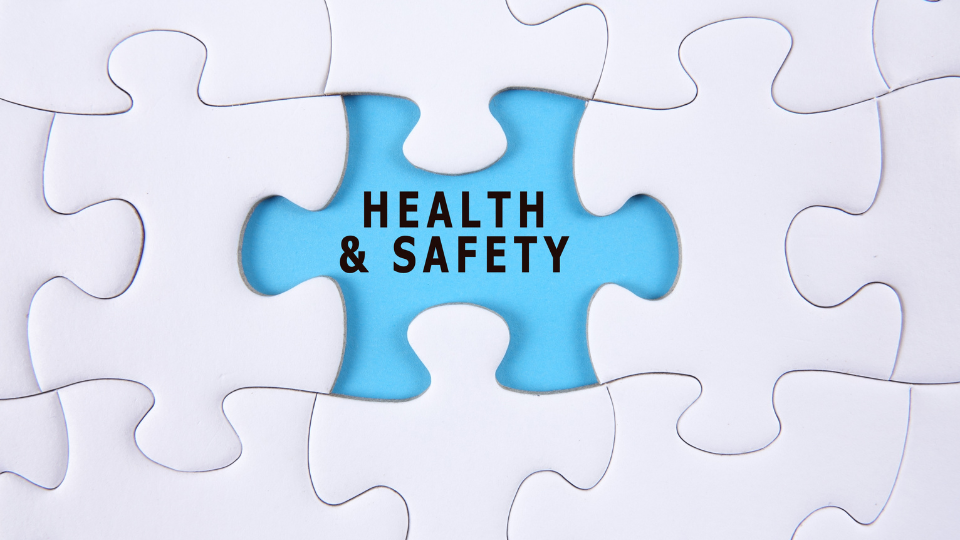
Immediate Effects
Once I became aware of the prevalence and risks of plastic contamination, my thoughts immediately turned to the health implications. Swallowing plastic might not seem like a dire emergency, but the implications can be severe and immediate.
A personal account that stands out in my memory is that of a close friend, Clara. During a casual meal at a restaurant, she unknowingly swallowed a piece of plastic that had found its way into her salad. What started as a minor discomfort in her stomach soon escalated into severe abdominal pain that landed her in the hospital. The diagnosis: an intestinal blockage caused by the swallowed plastic piece. Clara’s story is a stark reminder of the acute harm that ingesting plastic can cause, even if it is a small piece.
Long-term Effects
But the potential harm from accidentally ingesting plastic doesn’t end with immediate discomfort or distress.
A friendly doctor explained that while larger plastic pieces could cause immediate harm such as blockages, it’s the smaller, unseen pieces, the micro-plastics, that are a cause for long-term concern. They may pass through our systems without causing noticeable harm, but the chemicals they carry, such as Bisphenol A (BPA) and phthalates, can accumulate in our bodies over time. Over the years, these chemicals can potentially disrupt our hormonal balance, impair organ function, and increase the risk of chronic diseases, including cancer and heart disease.
Moreover, a growing body of scientific literature is starting to unveil the detrimental effects of chronic microplastic exposure.
What to Do After Eating Plastic
In the immediate aftermath of consuming plastic, the most crucial step is to stay calm. An isolated incident of swallowing a small plastic piece is unlikely to cause significant harm, but you should still keep a close eye on your symptoms. Drinking plenty of fluids can facilitate the passage of the plastic through your digestive tract. Monitor your body for any signs of discomfort, especially abdominal pain, changes in bowel habits, or difficulty swallowing.
However, if you experience persistent symptoms such as severe abdominal pain, vomiting, or blood in your stools, seek medical attention immediately. These symptoms could indicate a serious complication such as a blockage or perforation of your digestive tract.
How to Prevent Plastic in Food and Drinks
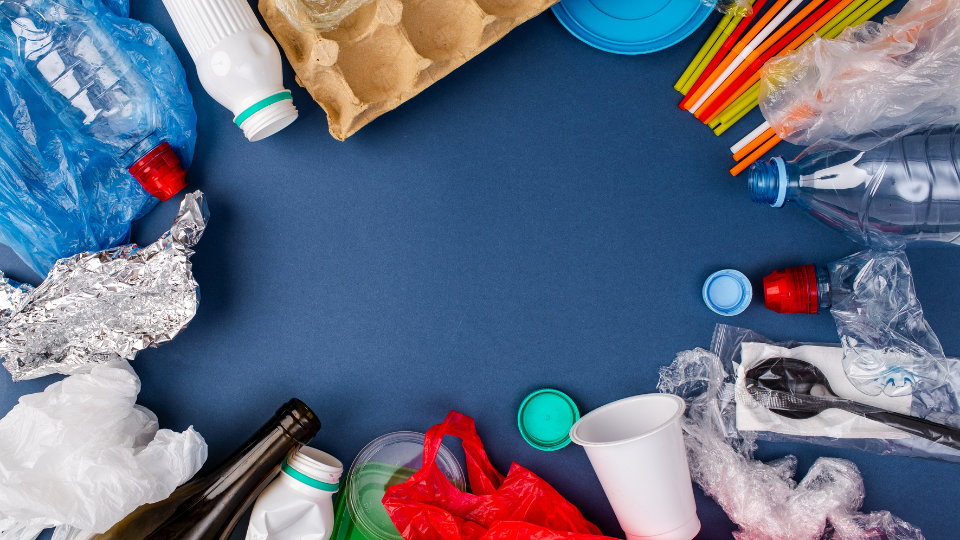
Safe Blending Practices
When I discovered that my blender could be a potential source of plastic contamination, I set out to learn about safe blending practices. Regular maintenance of your blender is crucial. Make sure to inspect your blender before each use for any signs of wear and tear. Replace any damaged parts promptly, and consider replacing your blender altogether if it is old or visibly deteriorating.
Ensure the blender is clean and free of debris before use. Also, make sure all ingredients are properly washed and peeled, and that all packaging materials, especially plastic films and stickers, are thoroughly removed.
Broader Lifestyle Changes
In addition to the above measures, broader lifestyle changes can go a long way in reducing the risk of plastic contamination. Start by minimizing the use of plastics in your kitchen. Consider switching to glass or stainless steel containers for food storage. Avoid cling film and opt for beeswax wraps or reusable silicone lids.
Pay special attention to the quality of your cookware and kitchen appliances. Choose high-quality, durable products, and replace them promptly at the first sign of deterioration. Opt for fresh, whole foods whenever possible, and avoid heavily packaged processed foods.
Conclusion
Discovering I had accidentally blended plastic into my smoothie served as a sobering reminder of the pervasiveness of plastics in our lives and the potential health risks they carry. This experience led me on a journey of discovery, raising my awareness about the risks of plastic ingestion, and prompting me to adopt changes to ensure it doesn’t happen again. I hope this article provides you with useful insights and practical advice to safeguard your health and well-being in our increasingly plastic-dominated world.

